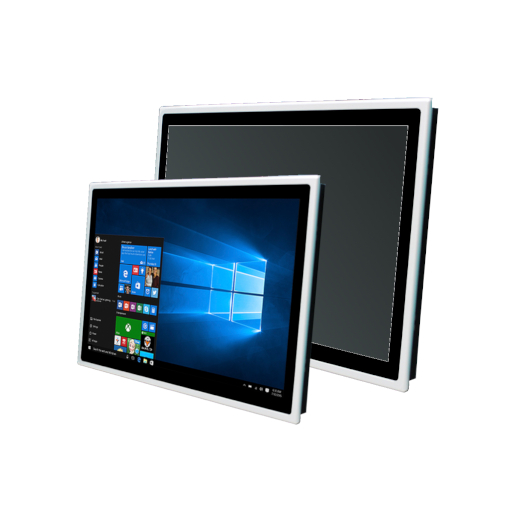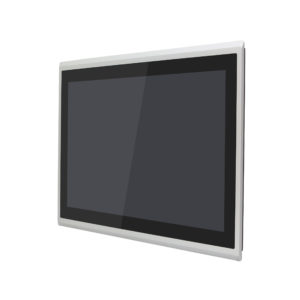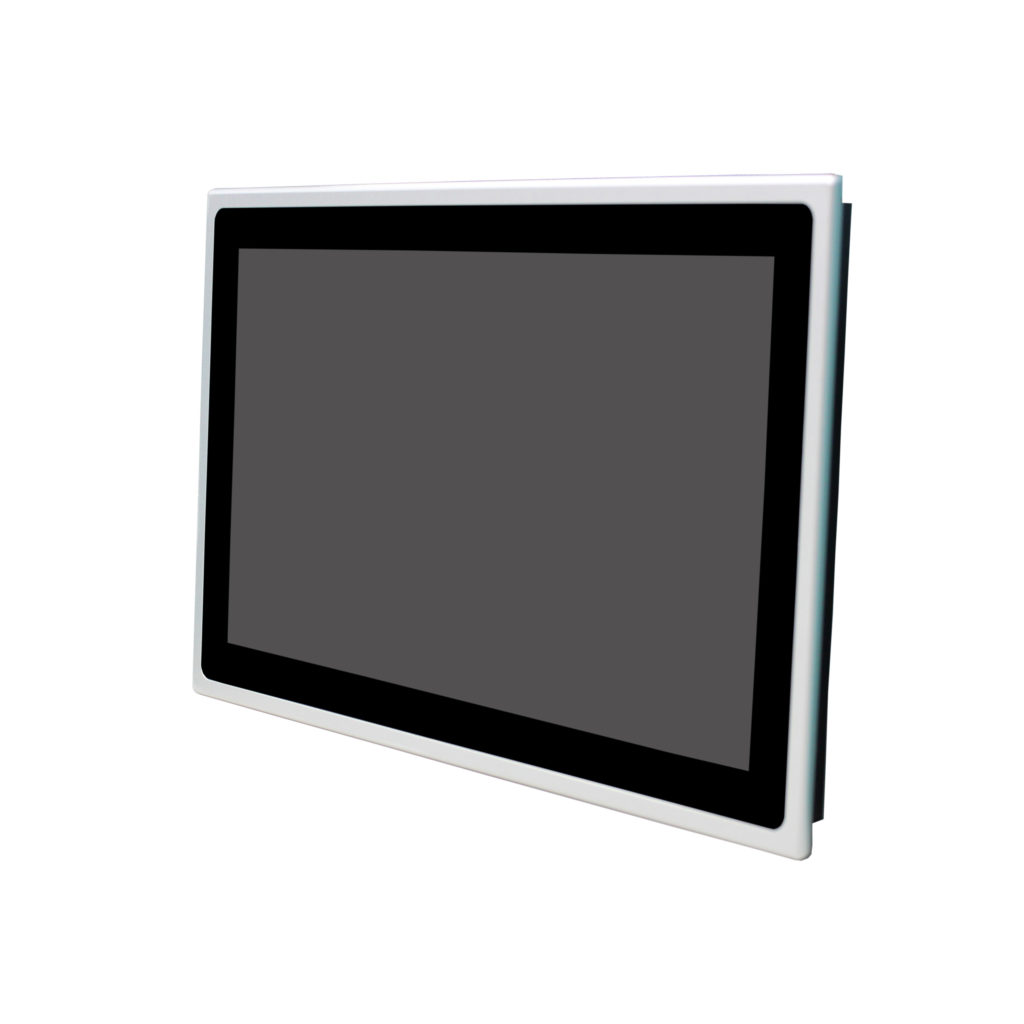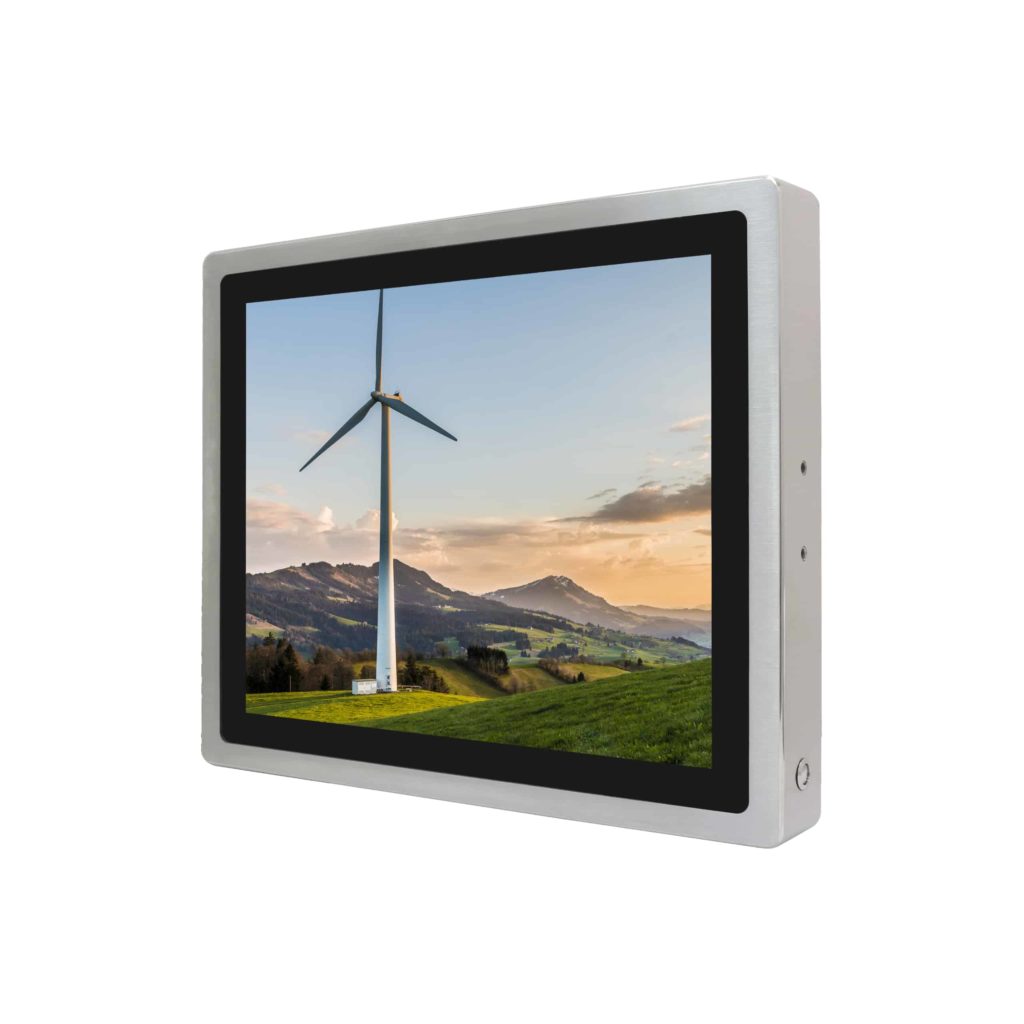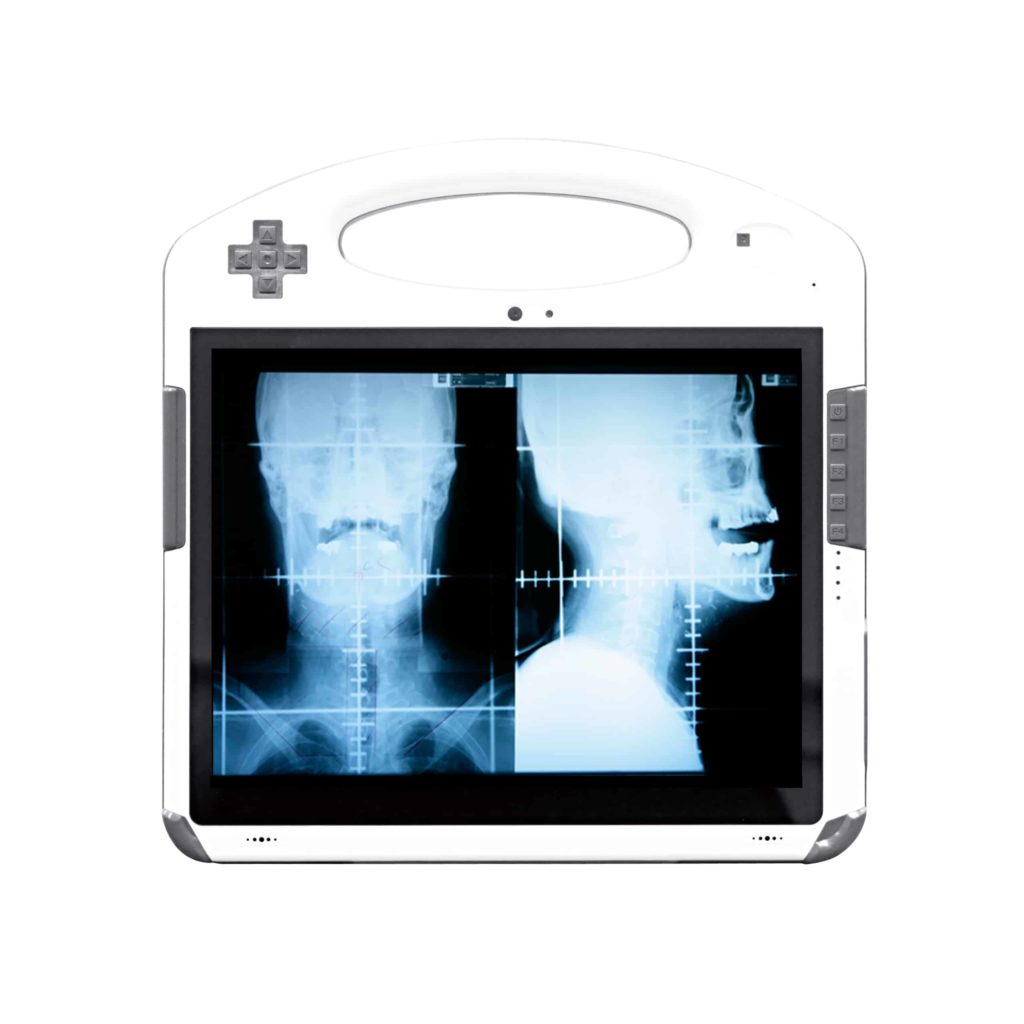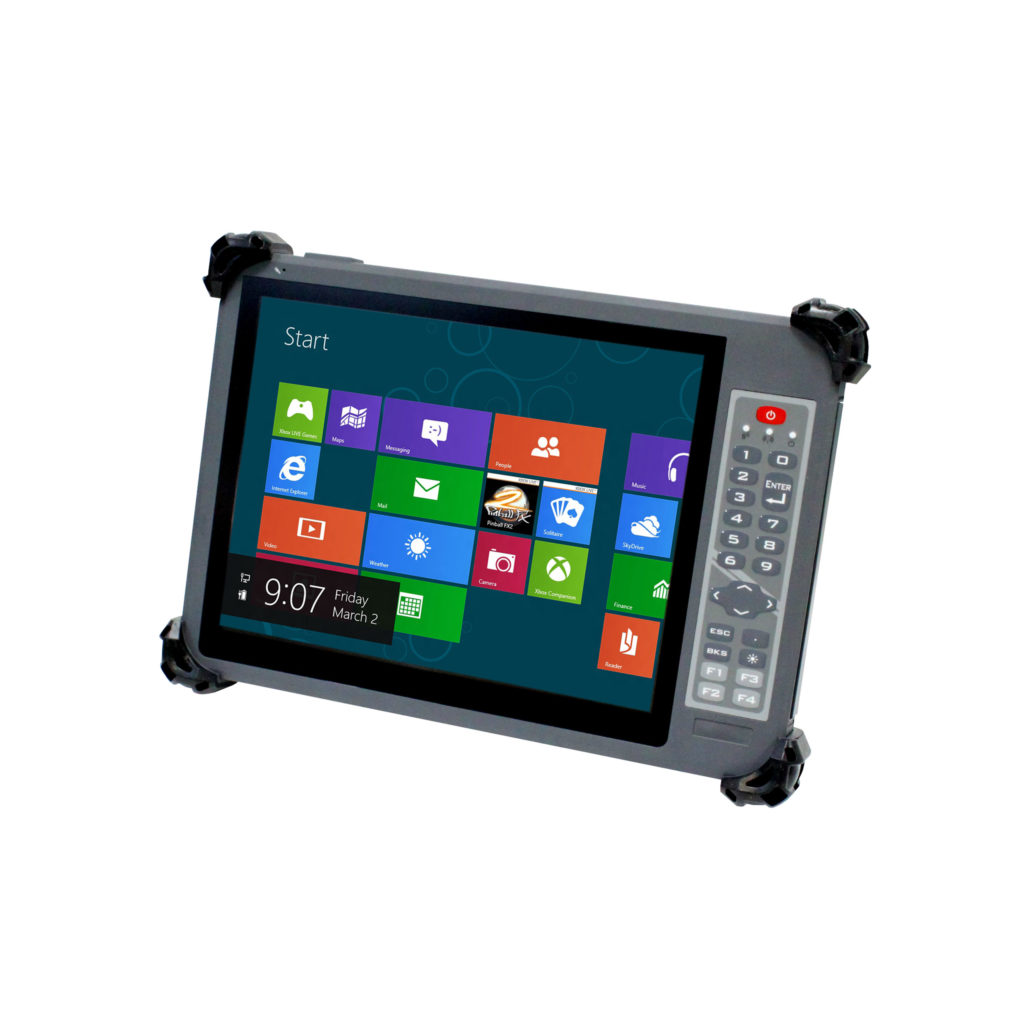A projective-capacitive touchscreen (mostly “PCT” for “Projected Capacitive Touch” or “PCAP” for short) is composed of two levels that are isolated from each other and have a similar and conductive stripe or diamond pattern. While the upper level, mostly made of glass, carries the sensor on its back, the lower level takes on the task of the driver. If a finger touches the glass cover, a charge shift occurs in the sensor, which at the same time increases the capacity of the electrodes underneath. This is perceived by the parallel receiver strips as a signal. A major advantage of the system compared to the resistive touchscreen is the attachment of the sensor on the back of the cover slip, through which the respective pulse is “projected”. This makes it possible to operate the touchscreen via the practically wear-free glass surface. This also makes it easier to recognize gestures and the sequence of multiple touches known as multi-touch.
